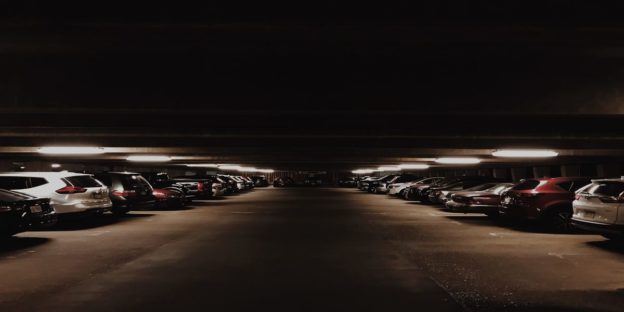Most people who buy cars and trucks borrow money from the bank to do so. This means that they don’t own the vehicle free and clear, even though it’s theirs to drive around and maintain. If they stop making their monthly payments, the lender can take the vehicle away from them. This is often done without warning. Lenders might send a driver to get the car or take it away with a tow truck.
Even though lenders don’t tell people when they’re coming to pick up the car, it’s not a surprise. When borrowing money from a lender, you have to agree to specific terms. This includes making your payments on time and maintaining insurance. If you don’t meet these requirements, the bank has the right to take the vehicle away.
So, where do these vehicles go once they are taken by the bank? Surely they don’t sit in the parking lot! Let’s learn more about where repossessions go and how people like you can benefit from them.
Where Repo Cars and Trucks Go
When the bank comes to collect a car, truck, boat, etc. that is behind on payments, they often bring them to third-party storage facilities. These facilities specialize in managing the repossession and storage of repos. In some cases, however, the banks provide their own storage.
Regardless of where the repo is being stored, the banks will hold it there until they list it for sale. In the meantime, they hope that the original owner makes payments and takes back the vehicle. If the owner cannot do that, the car is listed for sale. Lenders might sell the car to a dealership, while others organize auctions or list the vehicles on their website where private sellers can place a bid.
How Repos Benefit the General Public
The goal for the lender is to recoup some of their losses. This isn’t always possible, though, because repos are sold for a heavily reduced price. If the lender wants to recoup more of their losses, they will try to collect payment from the original owner – this “loss” does not get passed onto the new buyer. That said, the lender is responsible for selling the car at a reasonable market price.
Here are some of the ways that repossessed vehicles help out the general public:
- Affordable prices. Cars are expensive and not everyone can afford a new car payment. Repos are sold at low prices, allowing people to get a good vehicle at an affordable price. The affordability of these vehicles also makes them great for teens and college students and older adults who don’t drive much.
- Safe, reliable cars. There is a stigma that repo cars aren’t good cars, but this isn’t the case. Older vehicles are often paid off. It’s the newer vehicles that people have trouble affording and end up defaulting on their loan (average car loans are between 2 and 6 years). In reality, repos are often newer cars that are in good condition.
- Less waste. Rather than abandoning repossessed vehicles, they are sold through auction sites and dealerships to people who need them. Furthermore, it may be more environmentally friendly to drive a used car because it has less carbon dioxide emissions.
Ready to check out the repossessions in your area? Visit RepoFinder.com, click on your state and find the banks, lenders and credit unions that are selling repossessed vehicles at great prices!


